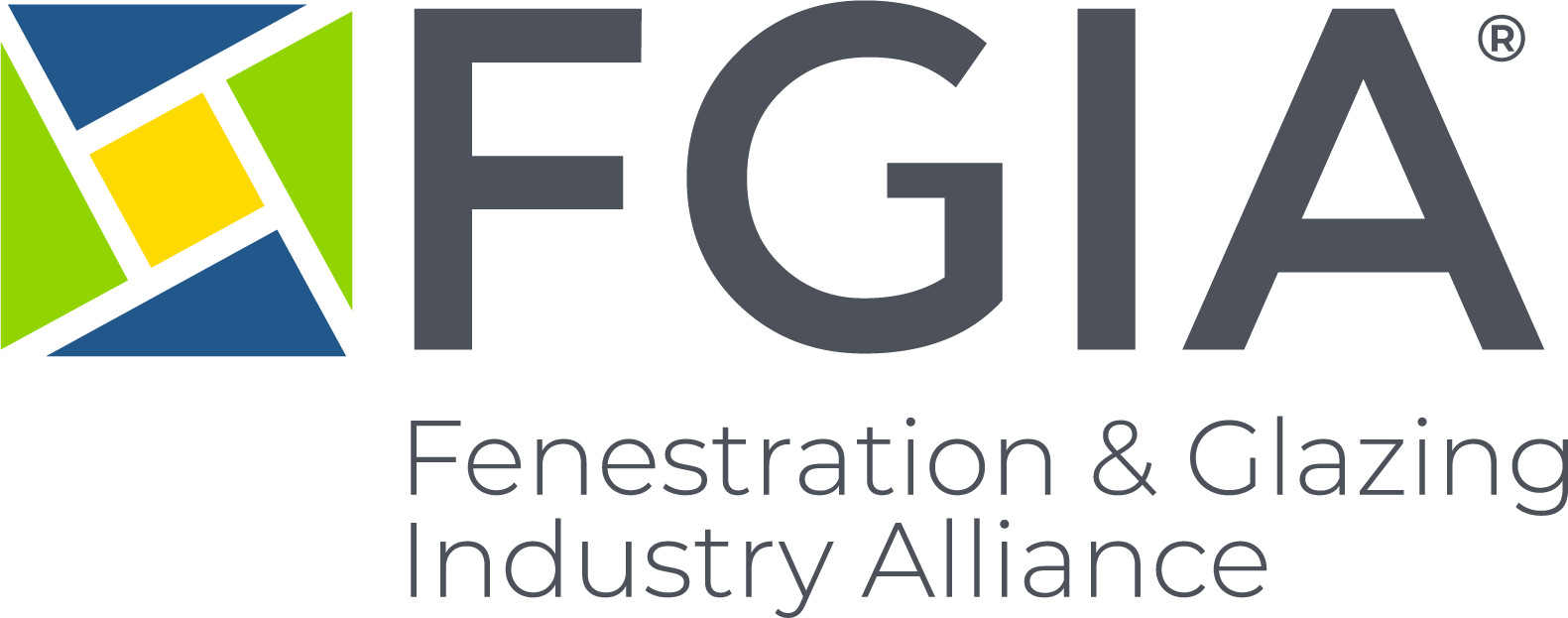- Blog
- Member Edge
- Start 2023 with the Most Recently Updated FGIA Standards and Documents
December 16, 2022
Start 2023 with the Most Recently Updated FGIA Standards and Documents

As you may know, the North American Fenestration Standard (NAFS) takes into consideration the unique properties of today’s different framing profile materials. The FGIA documents referenced in NAFS have minimum performance requirements, which are the result of years of research and testing as well as field experience. To this end, many important component FGIA standards were updated in 2022 to keep up with the latest technologies and performance demands. Let’s take a look at a few of them.
AAMA 305
AAMA 305-22, Voluntary Specification for Fiber Reinforced Thermoset Profiles, establishes performance requirements and references ASTM test procedures for dimensional stability, impact resistance, tensile strength, flexural strength, compressive strength, water absorption, thermal expansion, heat deflection temperature and color weatherability. The specification defines two different performance levels. Level I performance is adequate for most fenestration applications. For applications that require higher flexural strength and stiffness, an optional Level II sets forth test loading parameters up to seven times those of Level I. The 2022 edition replaced references to the organic coating finishes documents and instead now references AAMA 307, Voluntary Specification for Laminates Intended for Use on AAMA Certified Profiles. With that added reference the requirements that were duplicated from AAMA 307 were removed. The 2022 edition adds a reference to AAMA 664 regarding in-process quality control for profile laminate applicators.
AAMA 320
The updated AAMA 320-22, Standard and Guideline for Quality Welding, Bonding, and Ventilation of Thermoplastic (PVC) Extrusion Based Fenestration Products, gives guidelines for welded corners to reduce the risk of heat-induced deformation and malfunction of PVC framing profiles. Although this test is not performed on the entire fenestration assembly, given the importance of corner weld integrity to the long-term performance of PVC products, consensus has been reached that the corner weld test is an excellent quality control procedure. This is demonstrated with the Appendix A, which is not mandatory, being moved in the 2022 edition to become Section 10.0 of the document resulting in compliance requirements. FGIA is considering adding this test to minimum in-house Quality Management System requirements as a qualification for AAMA Gold Label certification. Accordingly, in this latest edition, a new section was added on the required Quality Management System for Welded/Bonded Vinyl Windows and Doors.
AAMA 2603, 2604 and 2605
Three updated documents describe test procedures and performance requirements for organic coatings: AAMA 2603-22, Voluntary Specification, Performance Requirements and Test Procedures for Pigmented Organic Coatings on Aluminum Extrusions and Panels (with Coil Coating Appendix), AAMA 2604-22, which covers the same for High Performance Organic Coatings, and AAMA 2605-22, for Superior Performance Organic Coatings – a “good – better – best” trio of increasingly stringent performance criteria for coatings of increasing minimum thickness.
All three test for color uniformity, specular gloss, dry film hardness, film adhesion, impact resistance, chemical resistance, corrosion resistance and resistance to color fading due to weathering. For other properties, exposure conditions vary. For example, exposure to the corrosive influences of high humidity and salt spray increases across 2603, 2604 and 2605 from 1,500 hours to 3,000 hours to 4,000 hours, respectively. Outdoor weathering test duration also increases from one year to five years to ten years, respectively.
As the new year begins, take the time to check your library to ensure you have on hand such up-to-date documents referencing all current test methods and quality assurance approaches. Documents may be purchased in the FGIA Online Store at FGIAonline.org/Store.







Submit a Comment